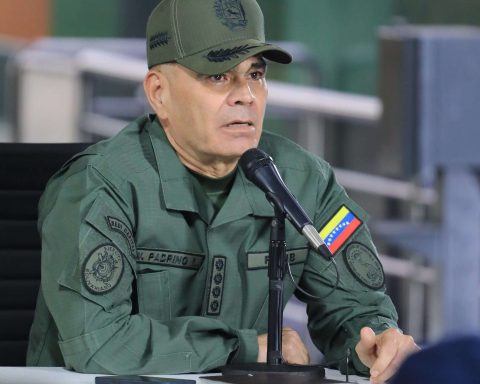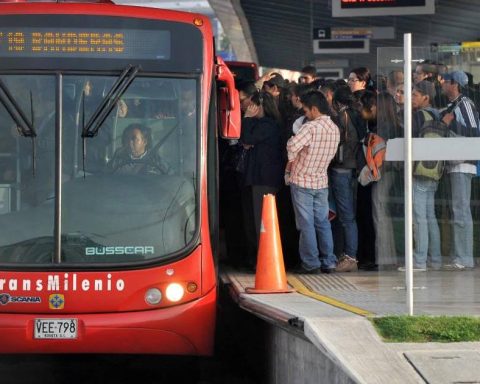“You are going to need gasoline between now and 2050 or 2060 and, at the same time, you have to grow clean energy. From there, the president ordered that we double the generation of lime energies between now and 2023: solar, geothermal, wind, and that is where we are at,” said the foreign minister.
In energy matters, the three partners of the T-MEC are in the consultation process, seeking an agreement on the policy that the government of President Andrés Manuel López Obrador has implemented in the matter.
The Mexican government has insisted that they will seek to reach an agreement, favoring dialogue, to avoid the panel of experts.
The Secretary of the Economy, Raquel Buenrostro, at the beginning of November pointed out that the energy issue is as important for Mexico as it is for the United States, since there is interest in relocating 400 companies in the North American region.
There is talk of investments for 11,000 million dollars as a result of nearshoring, however, the Inter-American Development Bank (IDB) sees a potential of more than 35,000 million dollars in Mexico.
Another point that needs to be worked on is to increase the presence of Mexico in the Eastern United States.
“Mexico has a market share in the United States of 13.9% as of October 1. From Texas to California we have 21%, in the Midwest we have 17%, from Florida to Virginia 9% and from Maryland to Maine 5%. Mexico is selling little because it does not have logistics lines,” explained Luis de la Calle.
“The way to do it is to create regular maritime services” between the ports of Coatzacoalcos and Progreso and the state of Florida “to put the Mexican Pacific coast 72 hours from the market” from the East, he added.
If that purpose is achieved, he stressed, development will be seen in the service industry and the energy sector, “transformers” in the southern zone of the Republic.















